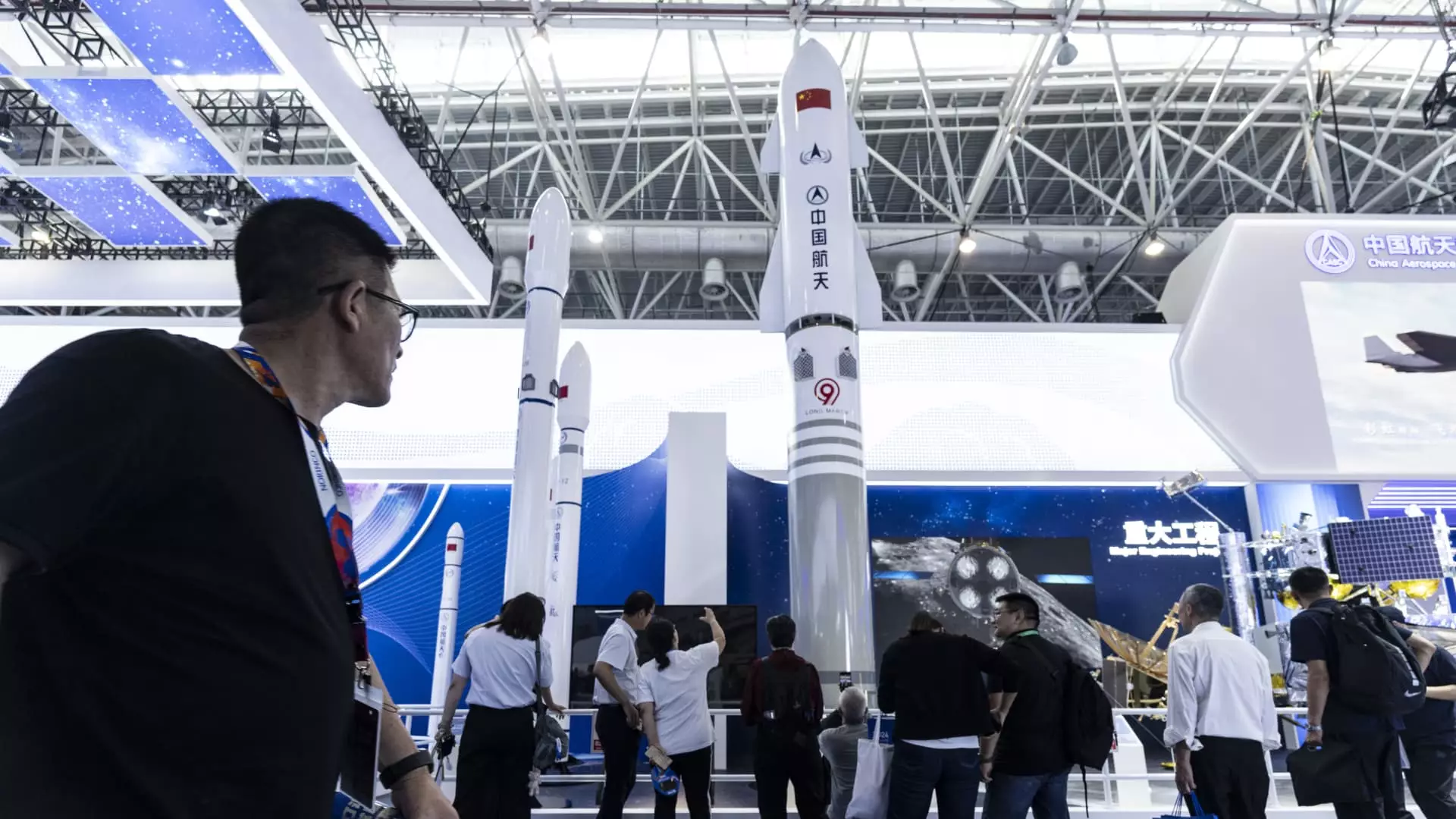As the world becomes increasingly reliant on digital connectivity, the competition in satellite internet services has intensified. Leading this charge is Elon Musk’s SpaceX with its Starlink project, which has placed nearly 7,000 operational satellites into orbit, serving around 5 million customers in over 100 countries. This rapid expansion offers high-speed internet access particularly to remote areas that have been traditionally underserved. Now, China is in the midst of developing its own satellite constellation to compete on a similar level, aiming to deploy approximately 38,000 satellites across three primary projects: Qianfan, Guo Wang, and Honghu-3. This burgeoning competition begs the question: Why is China investing significant resources into these megaconstellations?
The Allure of Starlink’s Success
Starlink’s achievement in providing reliable internet access in hard-to-reach locations has not gone unnoticed. According to experts, the system not only connects individuals but also serves as a vital communication link for various applications. Steve Feldstein of the Carnegie Endowment for International Peace highlights that Starlink’s uncensored internet access presents a challenge to countries like China, which has historically aimed to restrict its citizens’ online access. The ability to circumvent such censorship through foreign technology poses a potential threat. In response, China is keenly aware that establishing its own satellite network is essential for maintaining control over the digital narrative within its borders and potentially in allied nations.
Beyond just providing internet services, satellite constellations like Starlink serve as tools for geopolitical influence. China’s push for its satellite internet capability can be viewed not only as a method to enhance domestic connectivity but also as a strategic maneuver to exert influence globally. According to Blaine Curcio, founder of Orbital Gateway Consulting, China’s offering could differentiate itself in markets that favor censorship, effectively advertising its willingness to manage internet use for countries that desire an alternative to the ”freer” environment Starlink promotes. This opens doors for China in regions like Russia, Afghanistan, Syria, and various parts of Africa where Starlink has yet to establish a presence.
Regions with limited access to existing satellite services may find Chinese offerings appealing. Areas such as Africa, where approximately 70% of 4G infrastructure has already been constructed by Chinese technology firms like Huawei, present fertile grounds for development. Juliana Suess from the German Institute for International and Security Affairs reiterates this viewpoint, stating that China could leverage its existing telecommunications influence to enhance its position in the satellite internet domain. As other corporations, including Amazon with its Project Kuiper, struggle to deploy their satellites, China’s rapid advancements could fill the void in nascent markets.
In addition to commercial advantages, possessing a robust satellite network constitutes a national security imperative, especially in unstable geopolitical climates where ground-based internet infrastructure could be severely compromised, such as during armed conflicts. The role of satellite technology in modern warfare has been underscored by developments seen on the Ukrainian battlefield, where reliable communication systems enable advanced military strategies, including drone operations. Feldstein emphasizes that the capability for satellite-linked weaponry is increasingly viewed as a pivotal advantage in contemporary warfare, driving further urgency in China’s space ambitions.
China’s efforts in developing its satellite internet capabilities are indicative of a larger struggle for technological and political dominance in an increasingly digital world. While it may not be an immediate contender against established players in Western markets, its strategic positioning in other regions could reallocate the global landscape of internet connectivity. As the race heats up, we are entering a new era where satellite constellations will not only serve commercial needs but also fulfill significant geopolitical and national security objectives. The implications of this competition will reverberate far beyond mere internet access, fundamentally shaping international relations and power dynamics in the years to come.

